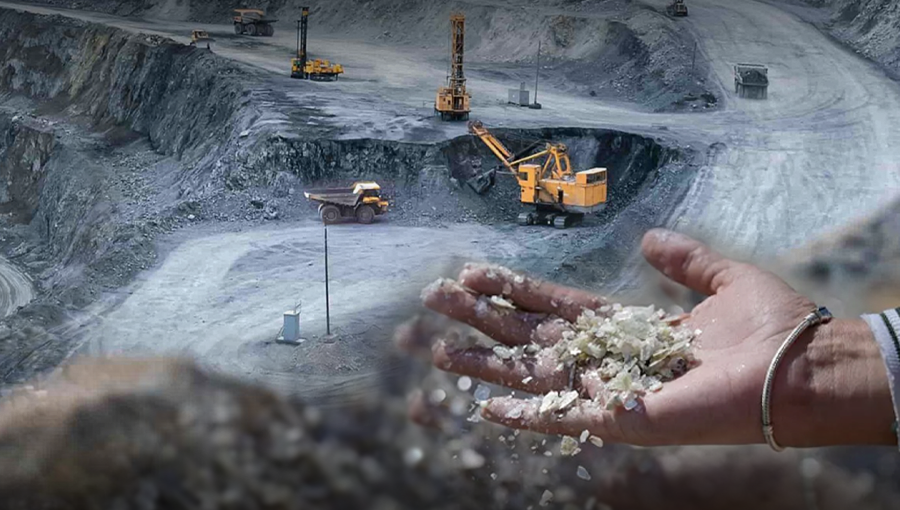Lithium prices may come under additional pressure as supply increase
Raw Material
01 Jul 2024 03:04 PM IST
The Hindu BusinessLine
As lithium supply has expanded and created a glut in the market, researchers predict that prices of this essential metal, used in batteries for electric vehicles (EVs), will likely remain below the highs observed in 2022–2023. Critical metal prices have fallen by almost 5% since the beginning of 2024. Battery-grade lithium carbonate costs $12,574.42 per tonne, while battery-grade lithium hydroxide costs $11,432.54 per tonne.
Lithium prices have dropped 70% year over year after reaching a high of 0.575 $79,000 per tonne in December 2022. Refined lithium products include lithium hydroxide and carbonate.
Research agency BMI, a unit of Fitch Solutions, said that in 2024-2025, lithium prices are expected to remain below their 2022-2023 highs, owing to a rapidly expanding global lithium supply that has pushed the lithium market into surplus.
“We forecast Chinese lithium carbonate 99.5% to average $15,500/tonne in 2024 and $20,000/tonne in 2025 (compared with $72,081/tonne in 2022 and $35,956/tonne in 2023), and for Chinese lithium hydroxide monohydrate 56.5% to average $14,000/tonne in 2024 and $20,500/tonne in 2025 (compared to $69,496/tonne in 2022 and $38,324/tonne in 2023),” said BMI in its outlook.
The World Bank, in its Commodity Outlook, said lithium prices tumbled by 18% quarter-on-quarter. “Price declines were driven partly by weak demand, particularly for EVs, and subdued activity in China, but also by a continued ramp-up of supply anticipating prospective needs for the energy transition,” it said.
The Australian Office of the Chief Economist (AOCE) said lithium prices will likely stabilise as high-cost producers exit the market. Making its price forecasts for years ahead, it said the forecasts have a high degree of uncertainty “as new producers enter the market around the world and uneven trends in EV demand growth”.
Lithium prices could respond to unexpected developments in the pace of EV adoption and other emerging uses, changes in battery technology and government policy over the outlook period (to 2028), the AOCE said. “The fall in prices over 2023 has driven a reduction in production (particularly by some high-cost producers). This is likely to support a modest recovery in lithium prices over 2024 and 2025,” it said.
BMI concurred that the increase in lithium supply, driven by these producers, is likely to cap further price growth. The lithium market is forecast to remain in surplus over 2024-2025. However, it said demand for lithium chemicals for use in EV batteries will be elevated. In the longer term, lithium prices are likely to be impacted by innovations in battery chemistries, including the adoption of batteries without lithium or those requiring a reduced amount of lithium, said BMI.
